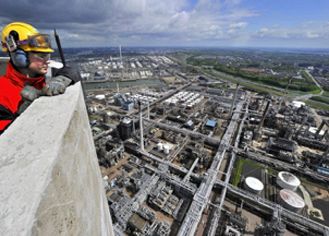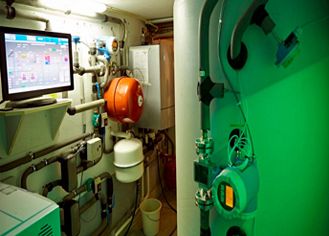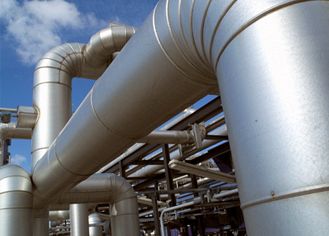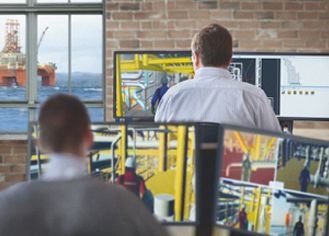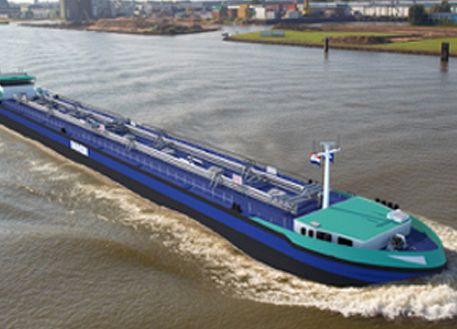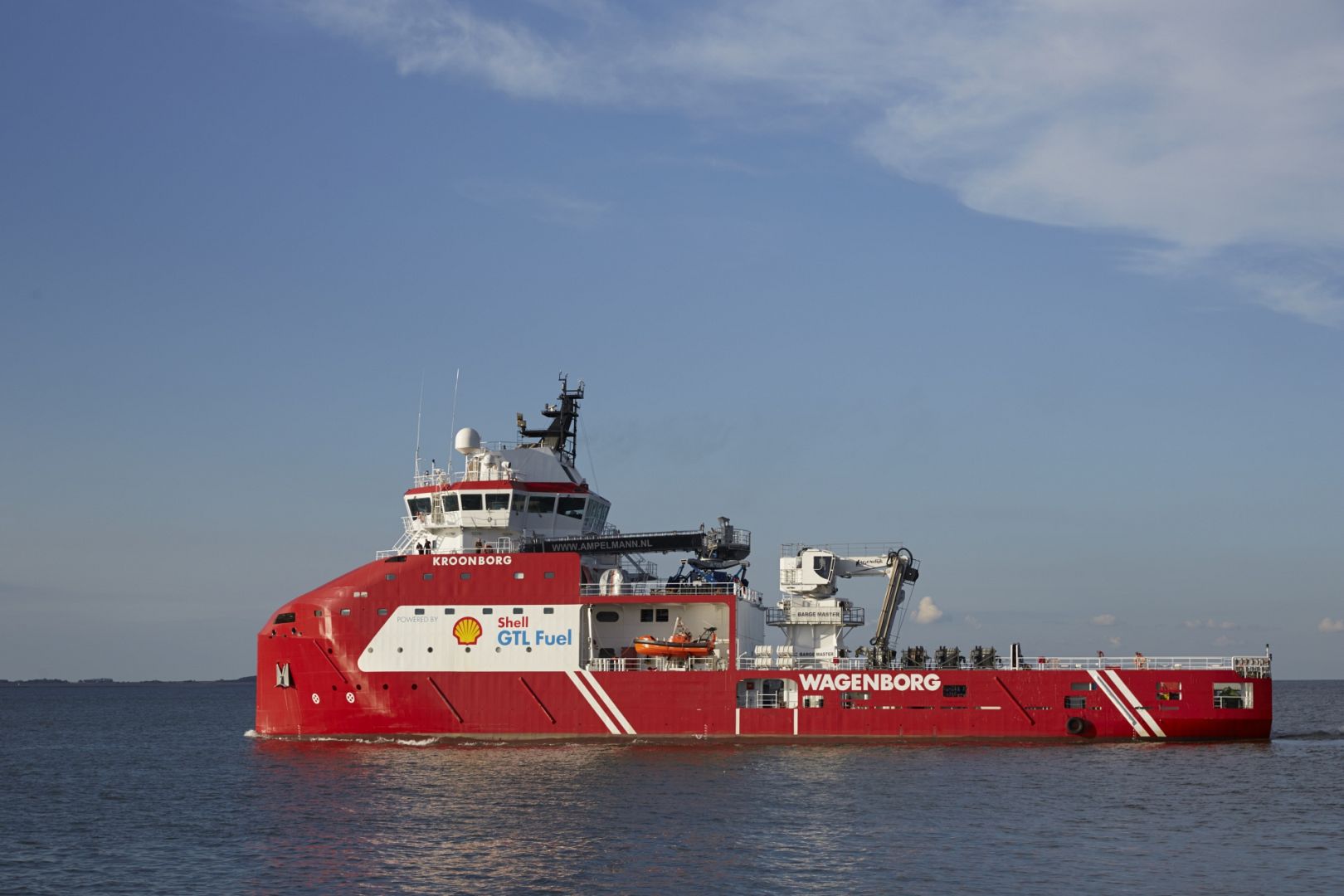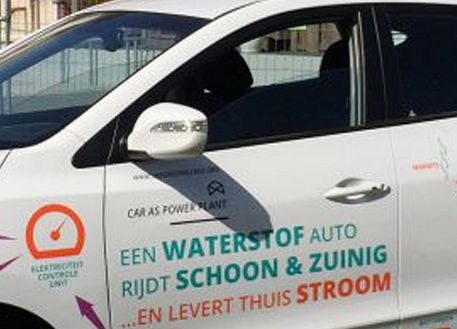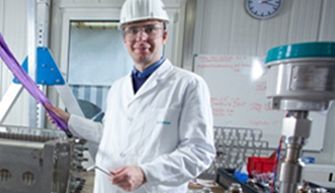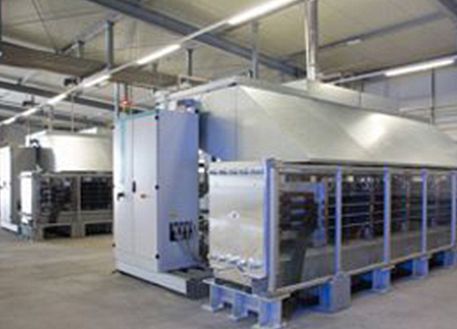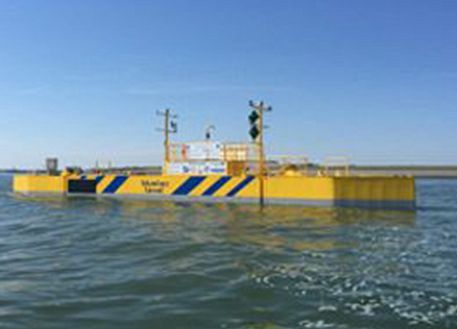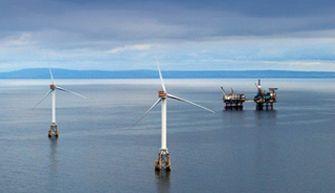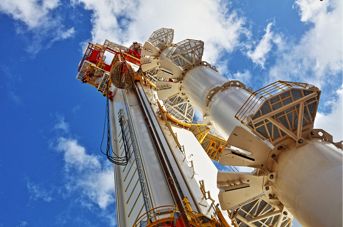Introduction Innovations
Our Energy is consumed in various forms, electricity to power light and equipment, heat for creating a warm environment or to operate industrial processes and fuels for transport or as a feedstock for the petrochemical and energy intensive industry. Each application area for energy requires a different approach with respect to decarbonization and energy efficiency. They also have their own transition timescale and specific challenges.1 • Households
2 • Industry
3 • Mobility
4 • Power generation
5 • Upstream production
Scroll down for examples of each subject.


